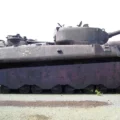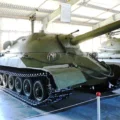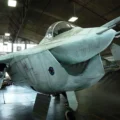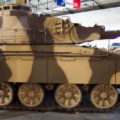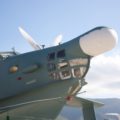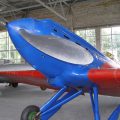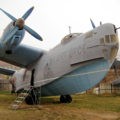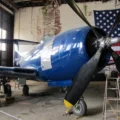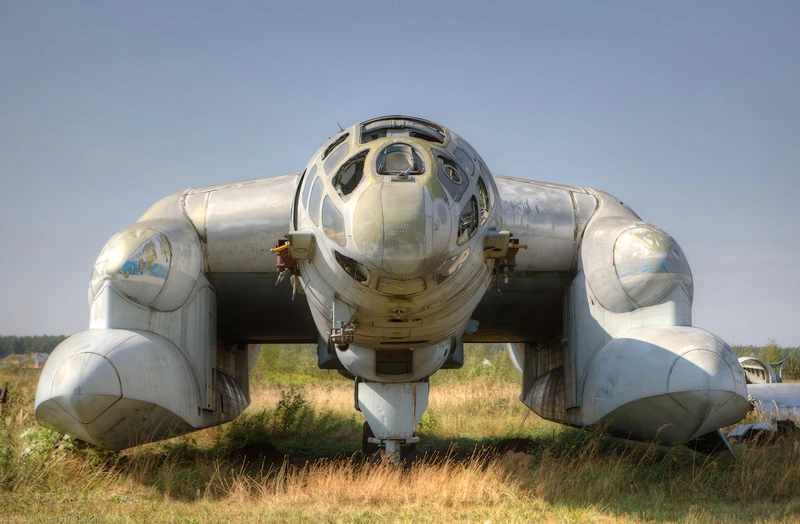
Bartini Beriev VVA-14 | |
|---|---|
| Land | Sovjetunionen |
| Typ | Amfibiska ASW-flygplan |
| Första flygningen | Den 4 september 1972 |
| Byggd | 2 |
Den Bartini Beriev VVA-14 Vertikaľno-Vzletayushchaya Amfibiya (vertikalt amfibieflygplan) var ett flygplan utvecklat i Sovjetunionen i början av 1970-talet. Designad för att kunna ta av från vattnet och flyga i hög hastighet över långa avstånd, var det för att göra riktiga flygningar på hög höjd, men också ha förmågan att flyga effektivt strax ovanför havsytan, med aerodynamisk markeffekt. VVA-14 designades av den italienskfödde designern Robert Bartini som svar på ett uppfattat krav på att förstöra amerikanska marinen Polaris missilubåtar. Det sista flygplanet pensionerades 1987.
Källkod: Bartini Beriev VVA-14 på Wiki
| Bartini Beriev VVA-14 Gå runt | |
|---|---|
| Fotograf | Igor Kolokolov |
| Lokalisering | Unknow |
| Bilder | 130 |
Se även:
Bartini Beriev VVA-14 var ett unikt flygplan som utvecklades av Sovjetunionen i början av 1970-talet. Den designades av Robert Bartini, en ungerskfödd ingenjör som arbetade för Beriev Design Bureau. VVA-14 var tänkt att vara ett amfibieflygplan som kunde starta och landa på vatten, flyga i hög hastighet över långa sträckor och använda aerodynamisk markeffekt för att flyga effektivt strax ovanför havsytan. Huvudsyftet med VVA-14 var att motverka hotet från den amerikanska flottans Polaris-missilubåtar, som kunde avfyra kärnvapenmissiler från undervatten.
VVA-14 hade ett futuristiskt utseende, med en stor central vingsektion som rymde två turbofläktmotorer och fyra mindre vingar som kunde lutas vertikalt för start och landning. Flygplanet hade också uppblåsbara pontoner på vingspetsarna som kunde användas för vattenoperationer. VVA-14 var planerad att ha ett sofistikerat anti-ubåtsjaktsystem, inklusive ett datoriserat Burevestnik-system, en Bor-1 magnetisk anomalidetektor och olika sensorer och vapen.
Utvecklingen av VVA-14 delades in i tre faser: VVA-14M1 var en grundläggande testbädd för aerodynamik och teknik; VVA-14M2 var en avancerad version med ytterligare motorer för vertikal start och landning (VTOL); och VVA-14M3 var den slutliga operativa versionen med full beväpning och utrustning. Endast två prototyper byggdes och testades dock: en VVA-14M1 och en modifierad som VVA-14M1P. Projektet stötte på många tekniska svårigheter, särskilt med de uppblåsbara pontonerna och VTOL-motorerna, som aldrig levererades av deras leverantör. Efter Bartinis död 1974 tappade projektet fart och avslutades slutligen 1987.
Den enda överlevande VVA-14 finns nu utställd på Central Air Force Museum i Moskva, där den fortfarande är nedmonterad. VVA-14 var ett av de mest ambitiösa och innovativa flygplansprojekten på sin tid, men det uppnådde aldrig sin fulla potential eller togs i tjänst.
Visningar : 3405




